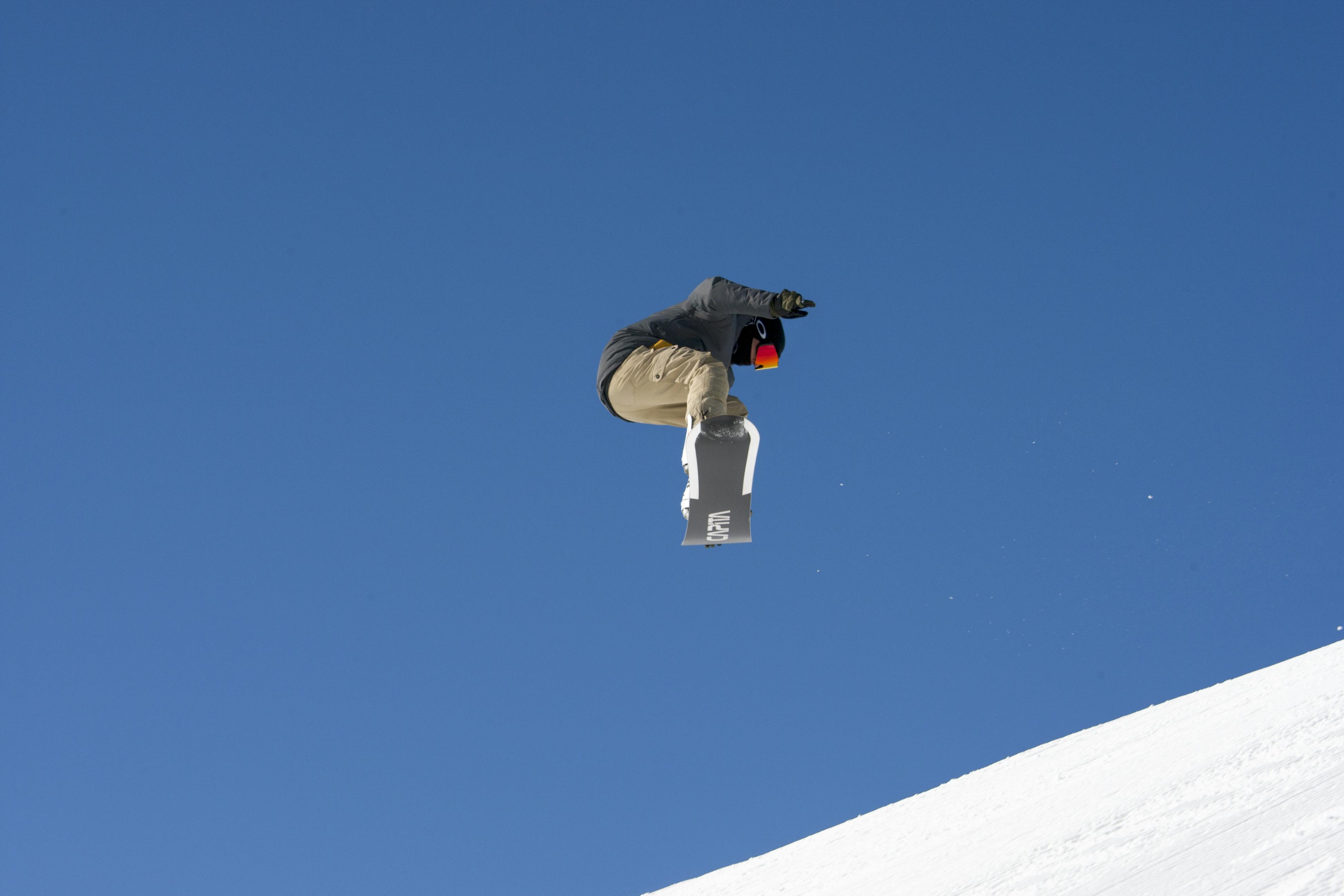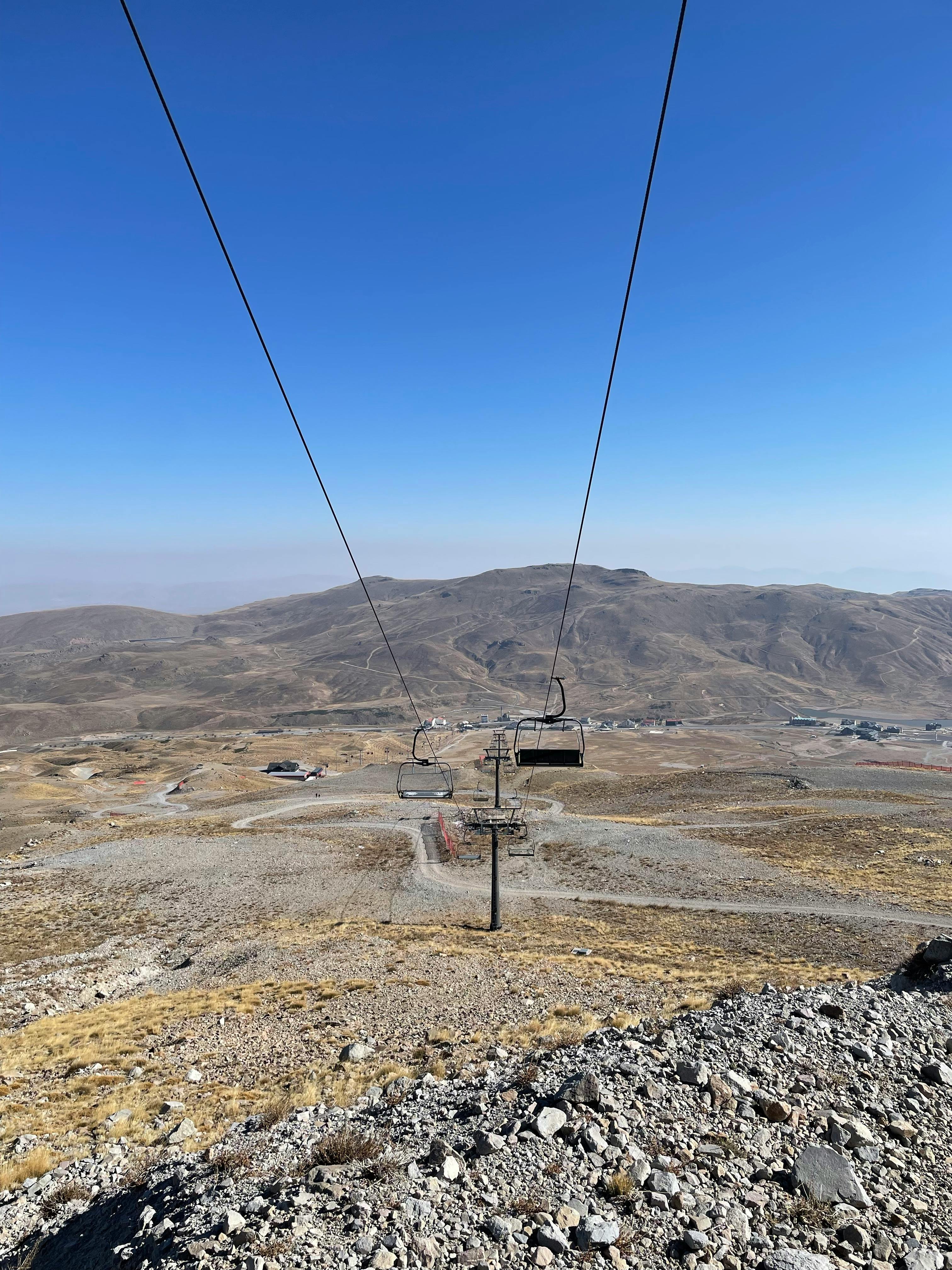2025 Guide: Are Spherical Ski Goggles Better Than Cylindrical?
Wow, I still remember my first time slipping on a pair of ski goggles as if it were just yesterday. It was many years ago during my first skiing course in my freshman year of university that changed my life forever. That magical day on the slopes introduced me not only to alpine skiing but also to the importance of gear that makes every descent safe and unforgettable. Back then, I naively grabbed the first pair of goggles off the shelf—cylindrical lenses, to be precise—not knowing much about the difference between the shapes. It's amazing how far I've come since then, now as an advocate for ski safety and innovative design at Overo Glasses!
Today, we’re diving into the ultimate face-off: spherical vs. cylindrical ski goggles. To many skiers—whether a beginner heading for your first snowy adventure or an experienced rider conquering the black diamonds—this decision can shape your skiing experience. Let me take you on a journey that mirrors my own ride down this "gear slope," and we’ll discover the right choice together.
My Journey From Cylindrical to Spherical Goggles: A Revelation on the Slopes
I’ll always treasure my early university days when I first fell in love with skiing. Back then, I learned to adapt with basic gear—small wins like navigating my first downhill run while struggling with foggy goggles were triumphant moments. But the game changed years later when, as an instructor, I strapped on spherical goggles for the first time during a teaching session at a challenging ski resort.
The experience? Life-changing. With spherical lenses, suddenly, my field of vision opened up like never before, as if the entire mountain was coming alive around me. Peripheral views became sharper, and the slopes, more immersive. It wasn’t just about safety; it revolutionized the sense of freedom and adrenaline I felt. This wasn’t just about seeing—this was about feeling the mountain.
But here’s the kicker: not everyone needs spherical lenses right away, and both options have their place on the slopes. Let's dig a little deeper into what each type offers and why your choice matters.

Spherical vs. Cylindrical Ski Goggles: The Breakdown You’ve Been Waiting For
When I initially joined Overo Glasses and started testing out their products with prescription users in mind, I learned the intricate details of these lens types. And now, as your ski-loving guide, I’m here to break it all down.
1. Field of Vision
Spherical Lenses: These lenses curve both vertically and horizontally, mimicking the natural shape of your eyes. This results in a wide, panoramic field of vision. If you've ever felt “unaware” of your surroundings in busy ski areas or during thrilling descents, spherical lenses are an absolute game-changer.
Cylindrical Lenses: These curve only horizontally, which can slightly restrict your peripheral vision. That said, for beginner and intermediate skiers sticking to simpler trails, this may not be a dealbreaker.
When I switched to spherical goggles, I felt confident spotting every detail—branches on trees, subtle terrain shifts, and even fellow skiers zipping by in peripheral zones I’d often missed before. This added awareness felt like an invisible safety shield.

2. Optical Clarity and Distortion
Let me talk about clarity—goggles should feel like an extension of your eyes. Every skier deserves clear, distortion-free visibility even in unpredictable conditions. Spherical lenses, with their unique curving design, minimize distortions particularly on the edges. This often translates to better depth perception on complex terrains.
Meanwhile, cylindrical goggles, while often sufficient, can occasionally warp contours at steep angles or near the edges of your vision. Budget-conscious skiers might find this minor drawback worth the tradeoff for a lower price tag.

3. Fog Prevention and Comfort
Ah, fogging goggles—a skier's worst enemy! Like so many skiers, I’ve battled this phenomenon relentlessly over the years. Both lens types deal with fog differently, but ventilation often gives spherical goggles an edge due to their advanced aerodynamics.
Quick tip: If you're someone like me who needs prescription ski goggles, fogging can become an even bigger issue when wearing inserts or prescription glasses beneath traditional goggles. A solution like Overo Prescription Ski Goggle Inserts can significantly tackle this problem with their military-grade anti-fog coating. I've seen countless beginners regain total confidence by pairing Overo inserts with the right goggles—no more pausing mid-run to frantically wipe foggy lenses!

4. Design Aesthetics
Spherical goggles undeniably look ultra-modern, so if style is on your checklist, they often steal the show. Not to leave cylindrical goggles behind, though—their lower profile offers a more traditional and compact look that some skiers definitely prefer. I personally believe this comes down to personality—fun fact? For my students, goggles often became fun conversation starters!

5. Affordability
Here’s where cylindrical goggles often win: price. Beginner skiers and those on tighter budgets find this lens type an excellent entry point. But for skiers ready to elevate their game or spend more hours on grueling slopes, investing in spherical lenses (or premium brands like Overo) might be worth every penny.


Choosing What Fits You: The Prescription Advantage
I often meet skiers with unique needs that make this choice even more crucial. For anyone navigating the slopes with glasses, ski goggle compatibility becomes a top priority. Wearing goggles over your standard prescription glasses not only risks a poor fit but can also feel precarious during tougher runs.
Thanks to innovations at Overo Glasses, you don’t have to compromise! Designed with the skier’s comfort and visibility in mind, Overo’s Prescription Ski Goggle Inserts offer customizable optics seamlessly compatible with both spherical and cylindrical goggles. As someone who knows just how vital crystal-clear vision is during a shred session, I'm proud to recommend them. Here’s why:
- Universal Compatibility means you can keep your favorite mainstream goggles.
- The military-grade anti-fog coating is a blessing, even in humid or freezing conditions.
- Designed for performance, the inserts tackle the frustrations traditional glasses bring to goggles—imagine forgetting you’re wearing inserts because they fit so well!
- Oh! And did I mention their eco-friendly, recyclable materials? A decision for both skiing and the planet.
At $119.99 USD, it might seem like a small luxury, but in my opinion, it’s an investment in safety, clarity, and pure enjoyment.

My Final Takeaway: What Should You Choose?
After countless days on the slopes—some blessed with sunshine, others spent battling snowstorms—I’ve learned that your choice of gear isn’t just about price or lens shape. It’s about how that gear amplifies your experience.
Beginners starting out? Cylindrical goggles are approachable, wallet-friendly, and perfectly capable of delivering fun and functionality. Pair them with Overo’s prescription inserts, and you're set to conquer the greens and blues.
Intermediate to advanced skiers? Spherical goggles will elevate your runs with unparalleled optics and panoramic awareness. If you’re ready to splurge a bit, you’ll experience skiing with a whole new level of confidence and adrenaline.
At the end of the day, skiing isn’t just a sport—it’s a feeling. It’s the rush of cold air on your cheeks, the laughter from friends, and that indescribable sense of freedom as you carve through snow. So…choose the gear that lets you feel it all.
And don’t forget: safety first, joy always!
Frequently Asked Questions
What is the main difference between spherical and cylindrical ski goggles?
Spherical goggles curve both vertically and horizontally, providing a wider field of vision and reducing optical distortions. Cylindrical goggles, on the other hand, curve only horizontally, which makes them more budget-friendly but with a slightly restricted peripheral view.
Are spherical goggles worth the higher price?
Spherical goggles are a great investment for intermediate to advanced skiers due to their superior optical clarity, wider field of vision, and better fog prevention. However, beginners may find cylindrical goggles perfectly adequate for simpler trails and shorter skiing sessions.
Can I use prescription inserts with both spherical and cylindrical goggles?
Yes, prescription inserts like those from Overo Glasses are designed to be compatible with both spherical and cylindrical goggles, ensuring clear visibility and compatibility with mainstream brands.
How can I prevent fogging in my ski goggles?
Fogging can be minimized by choosing goggles with good ventilation systems. Spherical goggles typically have better aerodynamics, which reduces fog. Additionally, using anti-fog coated prescription inserts or cleaning the lenses properly can help mitigate this issue further.
Which type of goggles is better for style and aesthetics?
Spherical goggles tend to have a modern, high-tech appearance, while cylindrical goggles offer a classic and compact design. Your choice depends on personal preference and the aesthetic you prioritize.



Share:
My Wild Ride into 2025: Ski Slopes, Safety, and Prescription Ski Goggles That Actually Work
5 Tips for Choosing the Perfect Ski Chalet